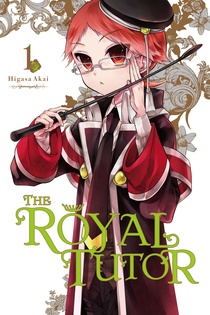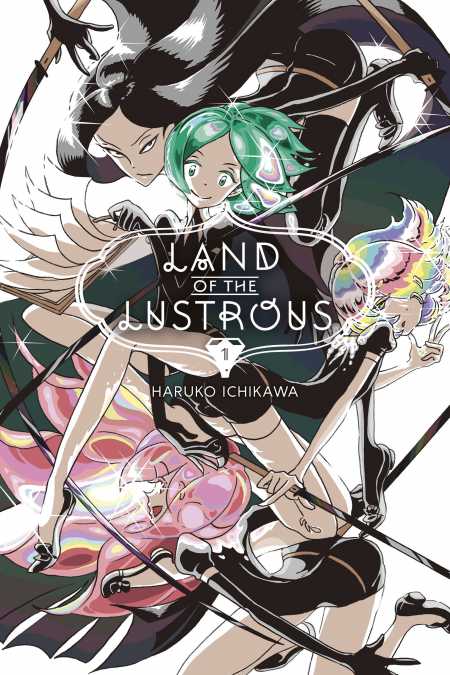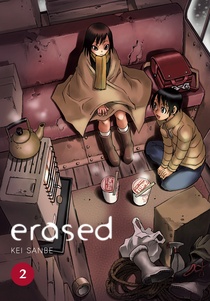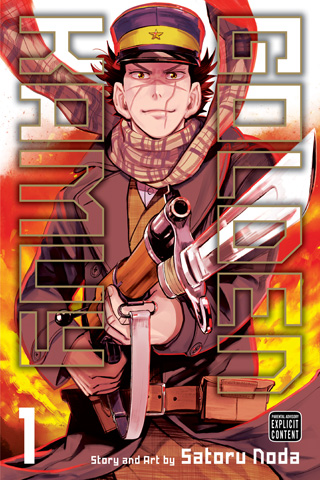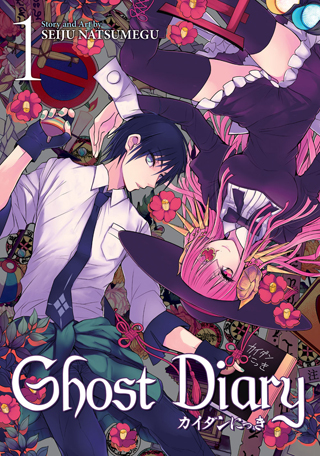It's once again the final Wednesday of the month which means it's once again time for the monthly manga giveaway here at Experiments in Manga! For this month's giveaway, everyone participating will …
Continue Reading about Manga Giveaway: The Royal Tutor Giveaway →
